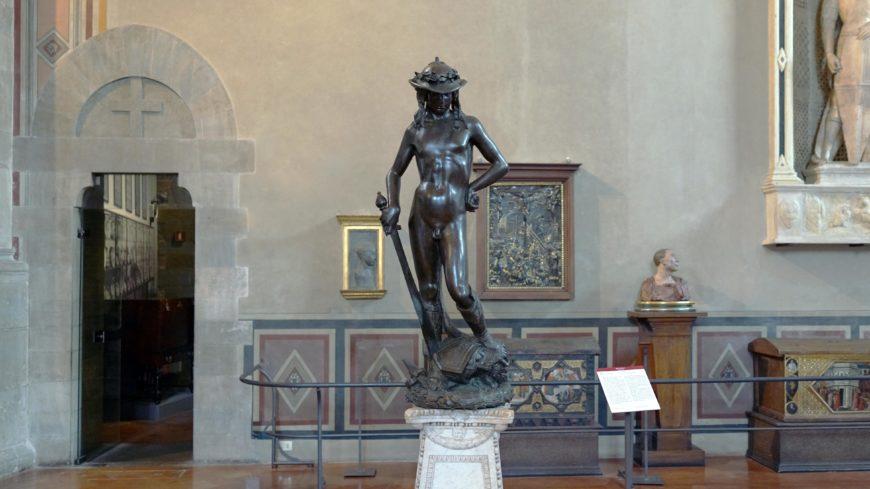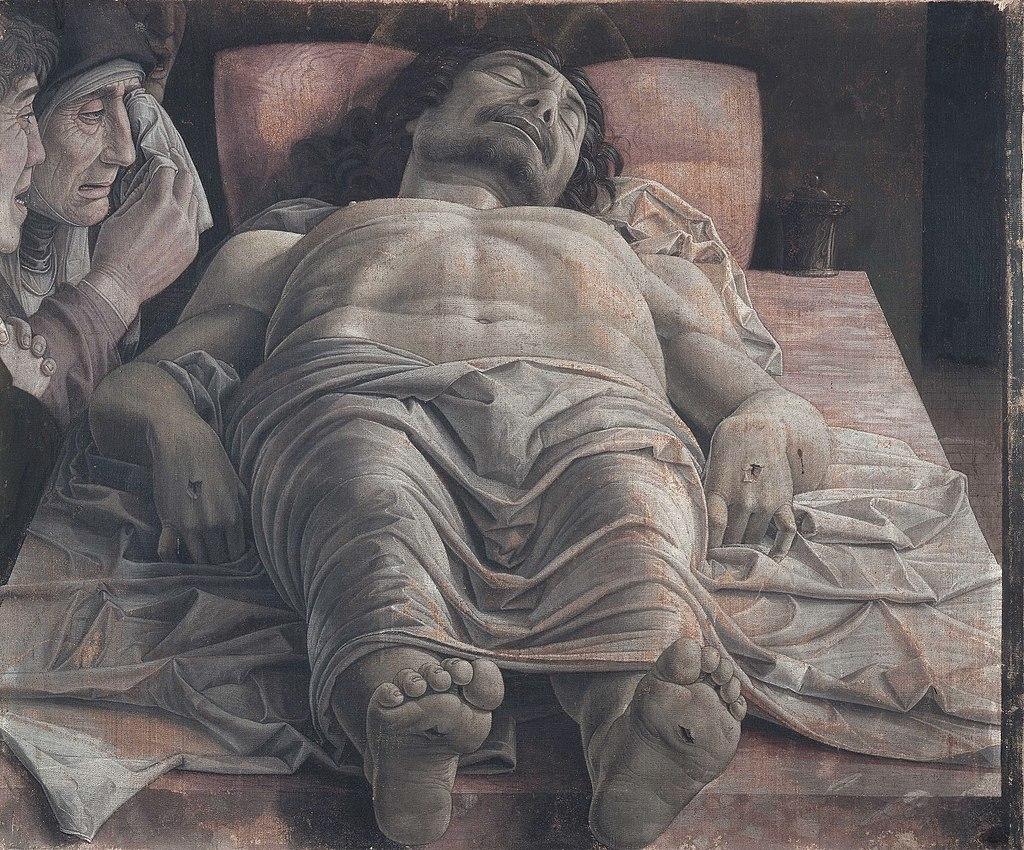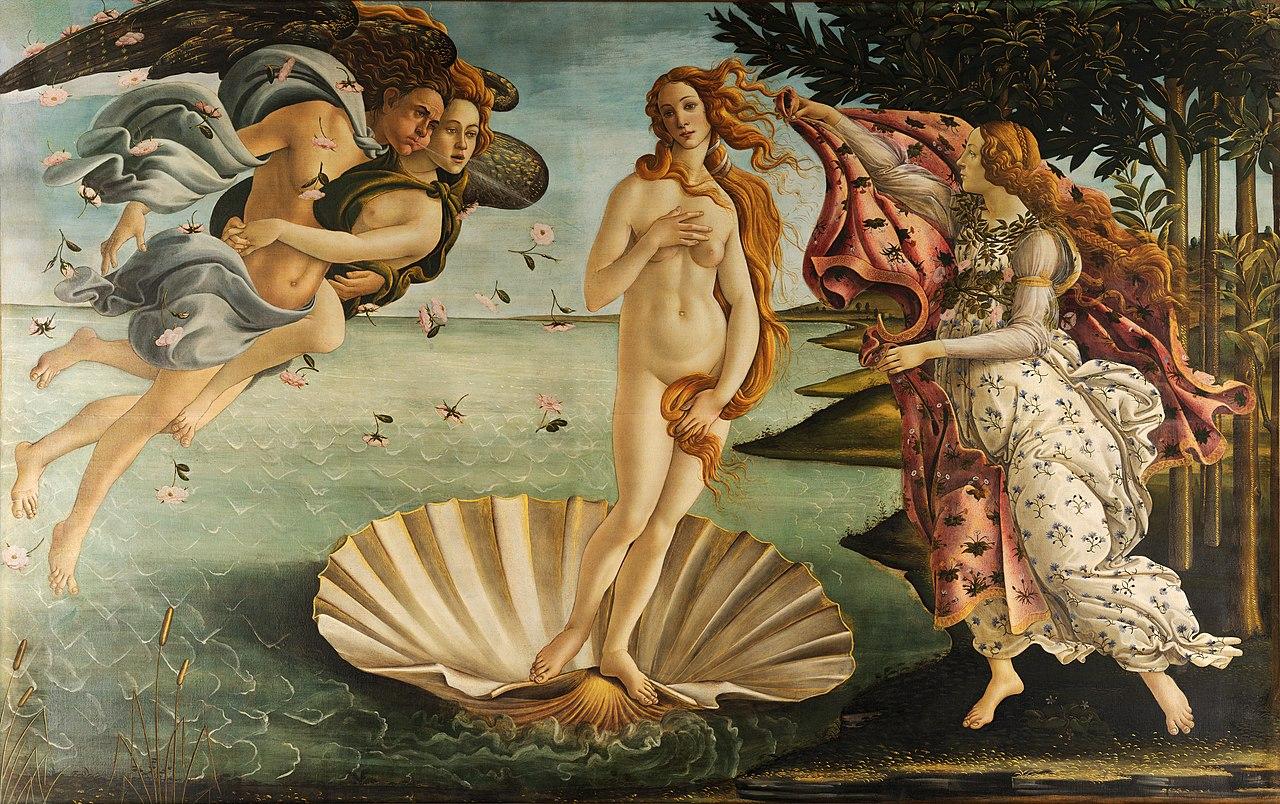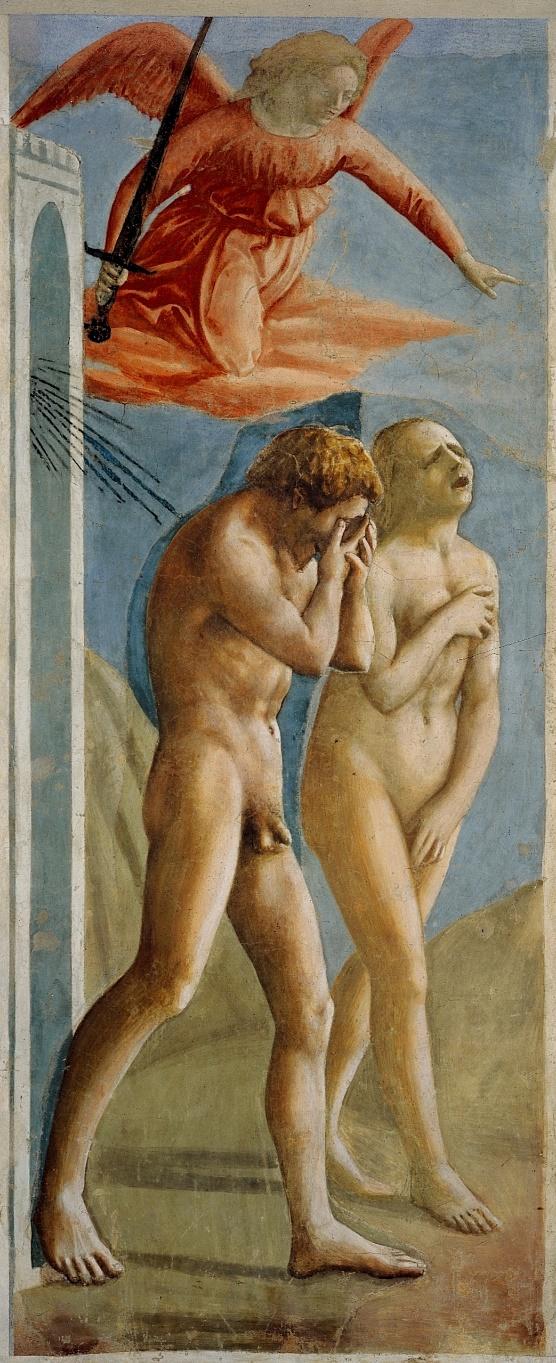Introduction
It is important to note that the Renaissance was a major turning point in the historical development of Europe after the long stagnation of the Middle Ages. The given analysis will primarily focus on the early Renaissance artwork and how it reflects the shifts in culture, society, and art of the period. Thus, the early Renaissance artwork was distinct because it was influenced by humanism, realism, naturalism, and secularism.
Overview: The Early Renaissance
It should be noted that the period of the early Renaissance was rooted in a tide of change in the stagnant Middle Ages, which was accompanied by an explosion of thought, knowledge, and creativity. It is stated:
The Renaissance was a fervent period of European cultural, artistic, political, and economic “rebirth” following the Middle Ages … described as taking place from the 14th century to the 17th century and the Renaissance promoted the rediscovery of classical philosophy, literature, and art. (History.com Editors par. 1)
In other words, Europe began to birth new artists, thinkers, scientists, statesmen, and authors during this period. It was also notably unique in terms of global expeditions and explorations, which led to the discovery of new cultures and lands. Thus, it is safe to state that the Renaissance was a chronological bridge between modern-day civilization and the Middle Ages.
Humanism
Humanism, as a cultural movement, was the highlight of the early Renaissance and its subsequent periods, which was reflected in the artwork as well. It “promoted the idea that man was the center of his own universe, and people should embrace human achievements in education, classical arts, literature and science” (History.com Editors par. 5). People were no longer willing to remain ignorant and stagnant, suffering from constant warfare and famine. The Black Death also left its mark on humanity, providing even more basis for the explosion of the Renaissance. The role of religion in society was questioned by humanists since some attributed the Middle Ages and its stagnant nature to an excessive power held by the Catholic Church.
All of these developments are well-depicted in the artwork as well. For example, Donatello’s sculpture of David, completed in 1430-40, is a demonstration of the early Renaissance shift towards humanism shown in Figure 1 below (Graham par. 1). This was one of the first artworks after the Middle Ages, which embraced human body in its entirety exemplified by the nudity and nakedness of the exposition. It heavily focuses on “displaying accurate anatomy, the sculpture also demonstrates the growing interest in humanism” (Graham par. 5). In other words, it is a manifestation of the earliest movements toward the humanist view of the world with an emphasis on the human body as a form of art.

Realism
Another important aspect of the early Renaissance artwork was realism. In arts, it refers to a naturalistic or real representation of scenery or an object with minimal distortion, almost similar to photography (Stemp 86). It essentially marks the shift from idealization on the basis of religious beliefs to embracement and acceptance of reality. Figure 2 below showcases Andrea Mantegna’s early Renaissance artwork titled Lamentation of Christ and completed in 1480, which is an example of realism (Mantegna par. 2). It is stated that “whereas most other artist’s Lamentation paintings focused on the grief and lament of the distraught mourners, Mantegna presents us with the stark reality of the body after death” (Mantegna par. 2). Thus, the image illustrates the human aspect of the death of a major religious symbol, Christ. It resembles a snapshot of what the reality after Jesus’s death would have looked like instead of an idealized version of the religious depictions of the Middle Ages. The early Renaissance artwork created the groundwork for realism in the form of embracement of the real world based on relatable facts rather than fiction.

Naturalism
Naturalism was a major emerging force behind the early Renaissance artwork as well. One should be aware that although naturalism and realism are used interchangeably in some cases, these terms are not necessarily equal. While realism is about the embracement and acceptance of reality, naturalism focuses on a realistic depiction of nature and the objects within it (Stemp 115). Therefore, in naturalism, a greater emphasis is made on beautifying nature itself by avoiding its distortion or abstract additions. A prime example of naturalist art is The Birth of Venus by Sandro Botticelli, completed in 1484-86, which depicts the goddess Venus in realistic feminine proportions shown in Figure 3 below (Botticelli par. 1). The background is composed of trees and the sea make it the staple of early Renaissance naturalist artwork.
It should be noted that the goddess is represented naked with a focus on her natural beauty within an appealing environment illustrated with no artificial distortions. Although supernatural and fictitious entities, such as angels, are shown, they have realistic human proportions. The events and actors in the image are placed in a natural environment making the scenery a remarkable demonstration of how naturalism influenced the early Renaissance naturalist artwork.

Secularism
Arguably, the most profound development of the early Renaissance was the initial emergence of secularism, which heavily impacted the artwork of the period. Modern societies and democracies reached the level of advancement of modernity primarily due to the separation of religion from civic affairs. The Middle Ages were stagnant and ‘dark’ mainly because of Catholic Church used religion to control and oppress Europe, which is why secularism was a natural outcome. The Expulsion from the Garden of Eden by Masaccio, completed in 1426-27, shown in Figure 4 below, is an example of the earliest Renaissance artworks marking a secular shift in thought (Masaccio par. 1). Just like Adam and Eve were expelled from heaven and God, so did the early Renaissance artists and thinkers left the Catholic rule. Although the image contains elements of realism and naturalism as well, the main message is a separation of the divine and religion from human life. In a sense, it is a liberation of Europeans from the dogmatic rule of Rome towards a more open and creative society ruled by human laws and logic rather than the word of God.

Conclusion
In conclusion, the key distinctive elements of the early Renaissance artwork were the forces that influenced its artists and innovators, which included humanism, realism, naturalism, and secularism. The focus was shifted from the divine dogmatic control of the Roman Catholic Church of the Middle Ages to a freer and more open living of secular and human-centered framework. It led to the embracement of reality rather than fiction and focused on the natural than the supernatural.
Works Cited
Botticelli, Sandro. “The Birth of Venus.” ItalianRenaissance.org, 1484, Web.
Graham, Heather. “Donatello, David.” Smarthistory, Web.
History.com Editors. “Renaissance.” History, Web.
Mantegna, Andrea. “Lamentation of Christ.” TheHistoryOfArt.org, 1480, Web.
Masaccio. “Expulsion from the Garden of Eden.” The Art Story, 1427, Web.
Stemp, Richard. The Secret Language of the Renaissance: Decoding the Hidden Symbolism of Italian Art. Watkins Publishing, 2018.